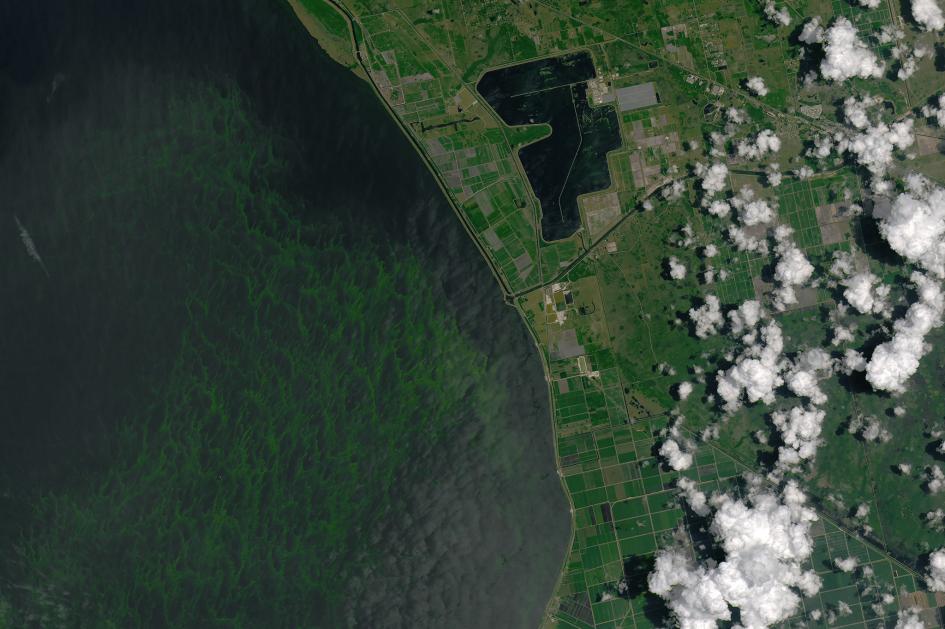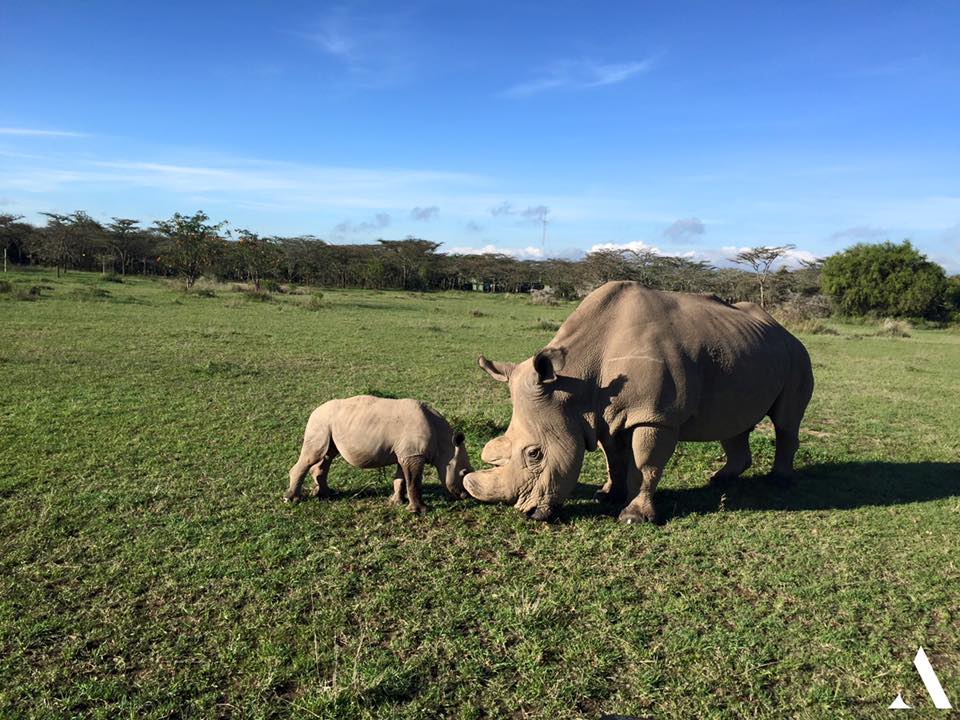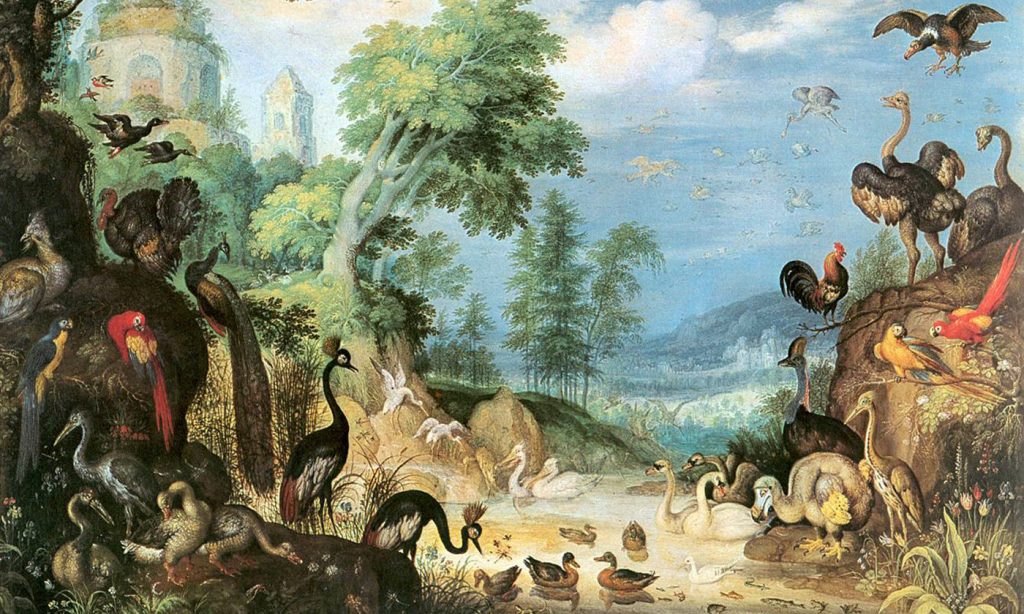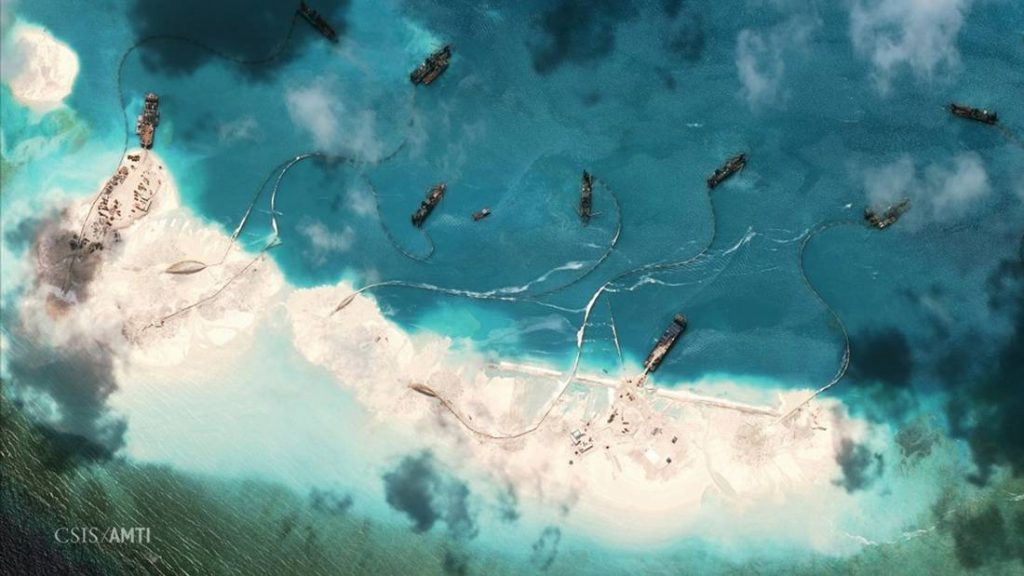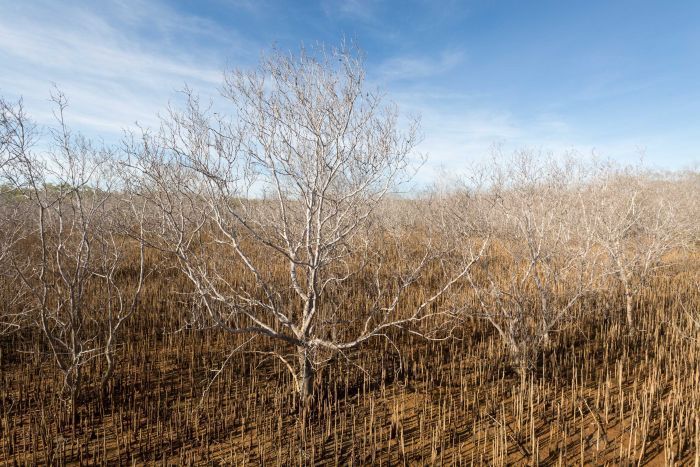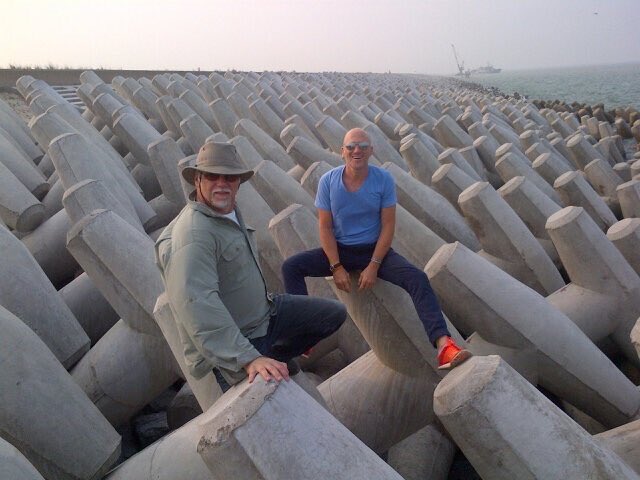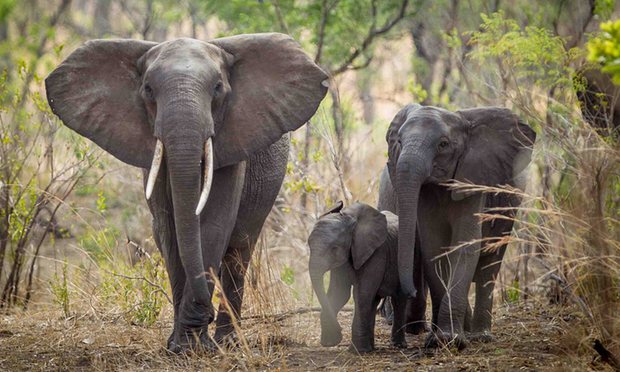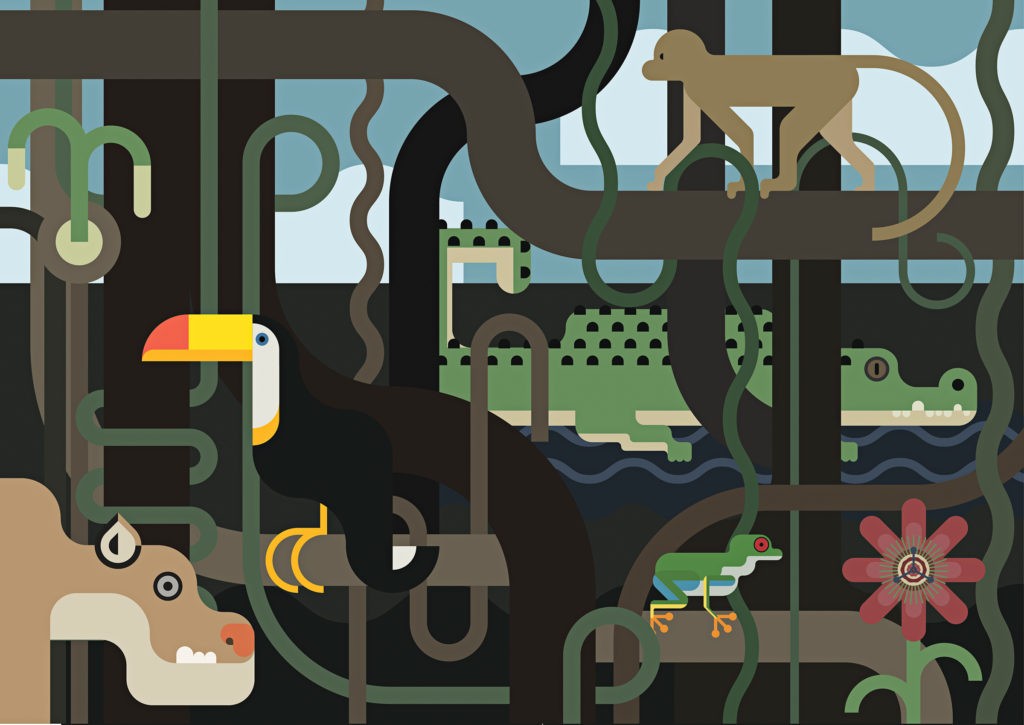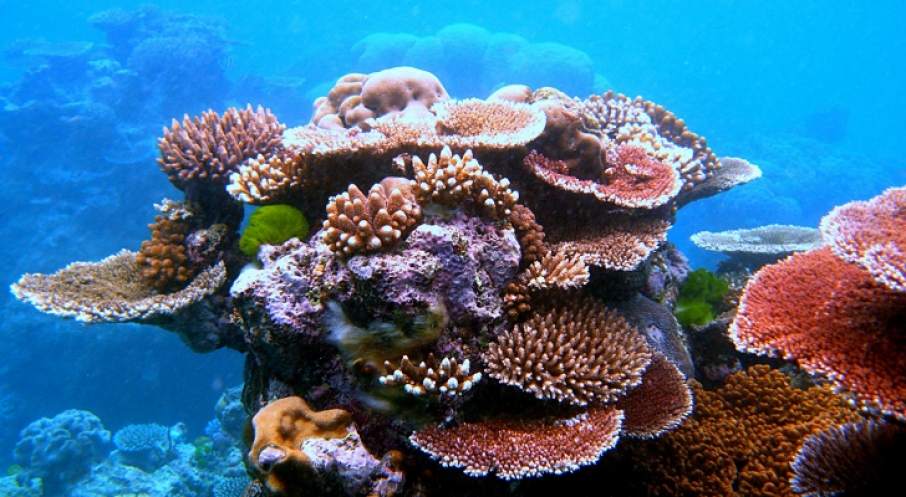Project Press
Slimy Green Beaches May Be Florida’s New Normal
By Laura Parker | National Geographic | July 27, 2016 The green slime that washed onto Florida beaches earlier this month marks the eighth time since 2004 that toxic algae have fouled the Sunshine State’s storied coastline. The algae blooms of 2013 were so severe the event became known as Toxic Summer. And this year’s outbreak…
Read MorePODCAST: The Survivor
By Leslie Chang | Generation Anthropocene | July 26, 2016 The solenodon: a venomous, shrew-like mammal, found only in the Caribbean, that has survived for millions of years by hiding underground. Even the meteor that wiped out the dinosaurs 66 million years ago couldn’t kill this hardy little creature. But after surviving for so long, after…
Read MoreDe-Extinction in Action: Scientists Consider a Plan to Reinject Long-Gone DNA into the Black-Footed Ferret Population
By David Biello | Scientific American | August 1, 2016 In 1987 only 18 black-footed ferrets were known to exist, but thanks to captive breeding and intensive management, the animals are a few hundred strong now. Yet like many species that bounce back from such small numbers, all the individuals are basically half-siblings—genetic near clones, with…
Read MoreSad news from Ol Pejeta – R.I.P. Ringo
Sad news from @OlPejeta today. R.I.P. Ringo. pic.twitter.com/IgVwsLxu5K — Anthropocene Film (@anthropocene) July 20, 2016
Read MoreExtinction is forever: de-extinction can’t save what we had
By Brian Switek | Aeon | July 19, 2016 When I hike up into the hills around Salt Lake City, above the Bonneville Shoreline Trail where the sagebrush gives way to the shade of the forest, mastodons are on my mind. Immense bones pulled from a sinkhole on the nearby Wasatch Plateau placed Mammut americanum in the area about…
Read MoreMore from Shandong
Last week on location in Shandong with @nickdepencier, @edwardburtynsky and @noahweinzweig. 📷: Cloud Zhibin Wang pic.twitter.com/PtP1qjBlbG — Anthropocene Film (@anthropocene) July 12, 2016 On location in Shandong, China last week shooting for @anthropocene. Thanks to Cloud Zhibin Wang for the photo. pic.twitter.com/mG0qHBfAz8 — Edward Burtynsky (@edwardburtynsky) July 12, 2016
Read MoreChina denied: What Tuesday’s ruling means for Beijing’s maritime ambitions
By Mark MacKinnon | The Globe and Mail | July 12, 2016 An international court in The Hague has dealt a major blow to China’s claim of sovereignty over most of the South China Sea, ruling that Beijing had “no historical rights” over the resource-rich and hotly disputed waters. In a long-awaited ruling published Tuesday, the Permanent Court…
Read More‘Shocking images’ reveal death of 10,000 hectares of mangroves across Northern Australia
By Kate Wild | ABC | July 11, 2016 Close to 10,000 hectares of mangroves have died across a stretch of coastline reaching from Queensland to the Northern Territory. Key points: A mangrove expert says it is the most extreme “dieback” he has ever seen The mangrove death occurred across a 700km stretch of NT and…
Read MoreMassive mangrove die-off on Gulf of Carpentaria worst in the world, says expert
By Michael Slezak | The Guardian | July 11, 2016 Climate change and El Niño have caused the worst mangrove die-off in recorded history, stretching along 700km of Australia’s Gulf of Carpentaria, an expert says. The mass die-off coincided with the world’s worst global coral bleaching event, as well as the worst bleaching event on the Great…
Read MoreOn Location in Shandong
RT @nickdepencier: @edwardburtynsky & the mighty Noah Weinzweig on location in Shandong filming @anthropocene. pic.twitter.com/dAZWBobwpf — Anthropocene Film (@anthropocene) July 6, 2016
Read MoreAfrican wildlife officials appalled as EU opposes a total ban on ivory trade
By Andrew Nelsen | The Guardian | July 6, 2016 Wildlife officials in nearly 30 African states say they are appalled by an EU decision to oppose a comprehensive global ban on the ivory trade. In a position paper released on 1 July, the European commission said that rather than an all-encompassing ban it would be better to encourage…
Read MoreGovernment of Canada labels microbeads ‘toxic substance’
Via The Canadian Press | The Globe and Mail | June 30, 2016 The federal government has officially listed microbeads as a toxic substance, giving it the ability to ban the plastic beads used in cleansers. An online notice published Wednesday says the tiny plastic beads commonly found in facial and body scrubs is now listed as…
Read MoreHumanity Is Killing Off Thousands of Species. But It’s Creating Them, Too
By Lizzie Wade | Wired | June 28, 2016 DURING WORLD WAR II, Londoners often sought shelter from German bombs in the city’s subway tunnels. There, they encountered another type of enemy: hordes of voracious mosquitoes. These weren’t your typical aboveground mosquitoes. They were natives of the metro, born in pools of standing water that pockmarked…
Read More3D printing could save our coral reefs
By Ronan Ye | 3D Printing Industry | June 28, 2016 Most of the environmental changes in the present times are taking the earth closer to the loss of biodiversity. Environmentalists are worried that the vast coral reefs under the ocean are subject to risk of extinction in the coming years. Hence, any program undertaken…
Read MoreCan Virtual Reality Emerge As a Tool for Conservation?
By Heather Millar | Yale Environment360 | June 27, 2016 Could virtual reality (VR) — immersive digital experiences that mimic reality — save the environment? Well, that may be a bit of a stretch. But researchers say that it could perhaps promote better understanding of nature and give people empathetic insight into environmental challenges. “Virtual reality can…
Read More
